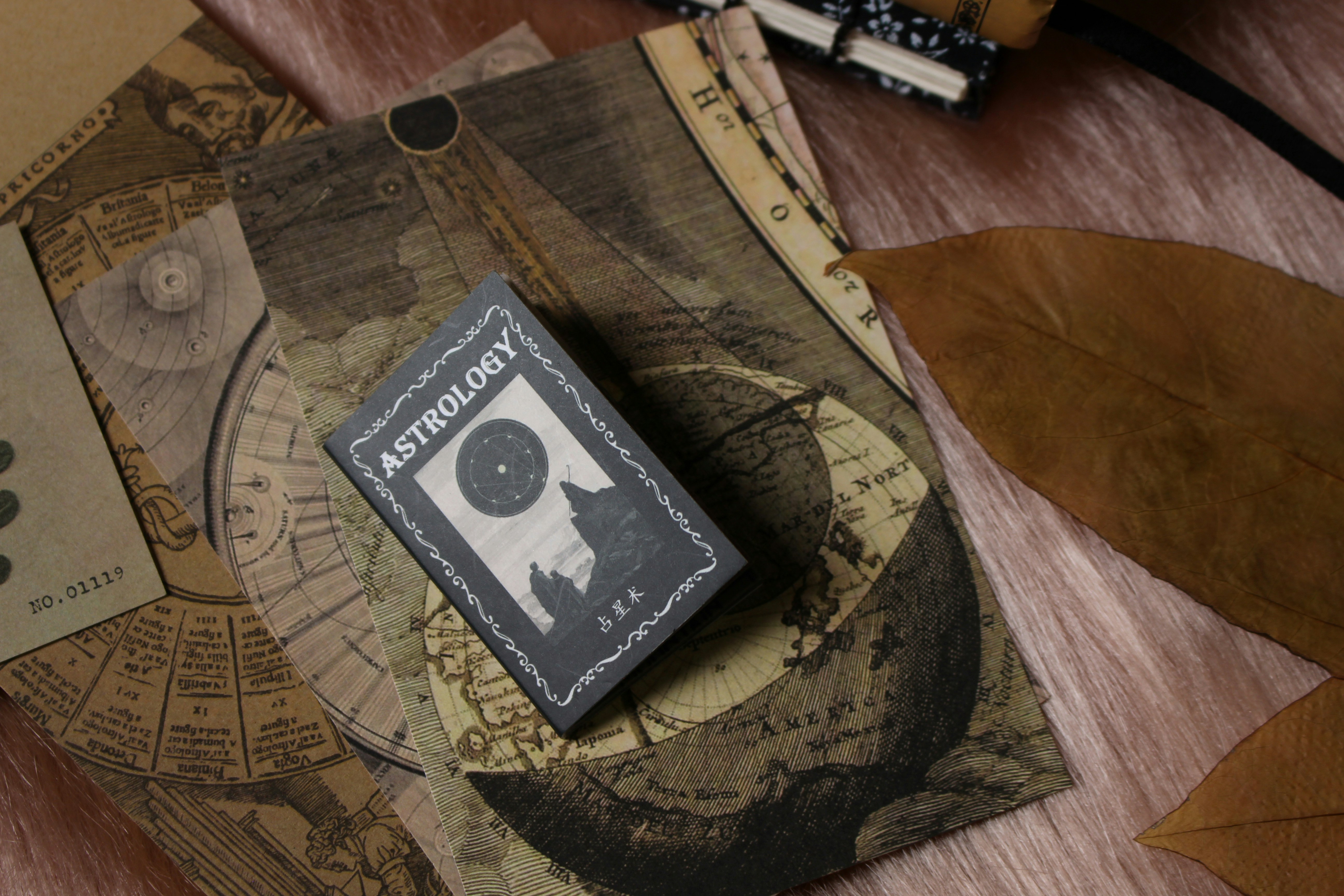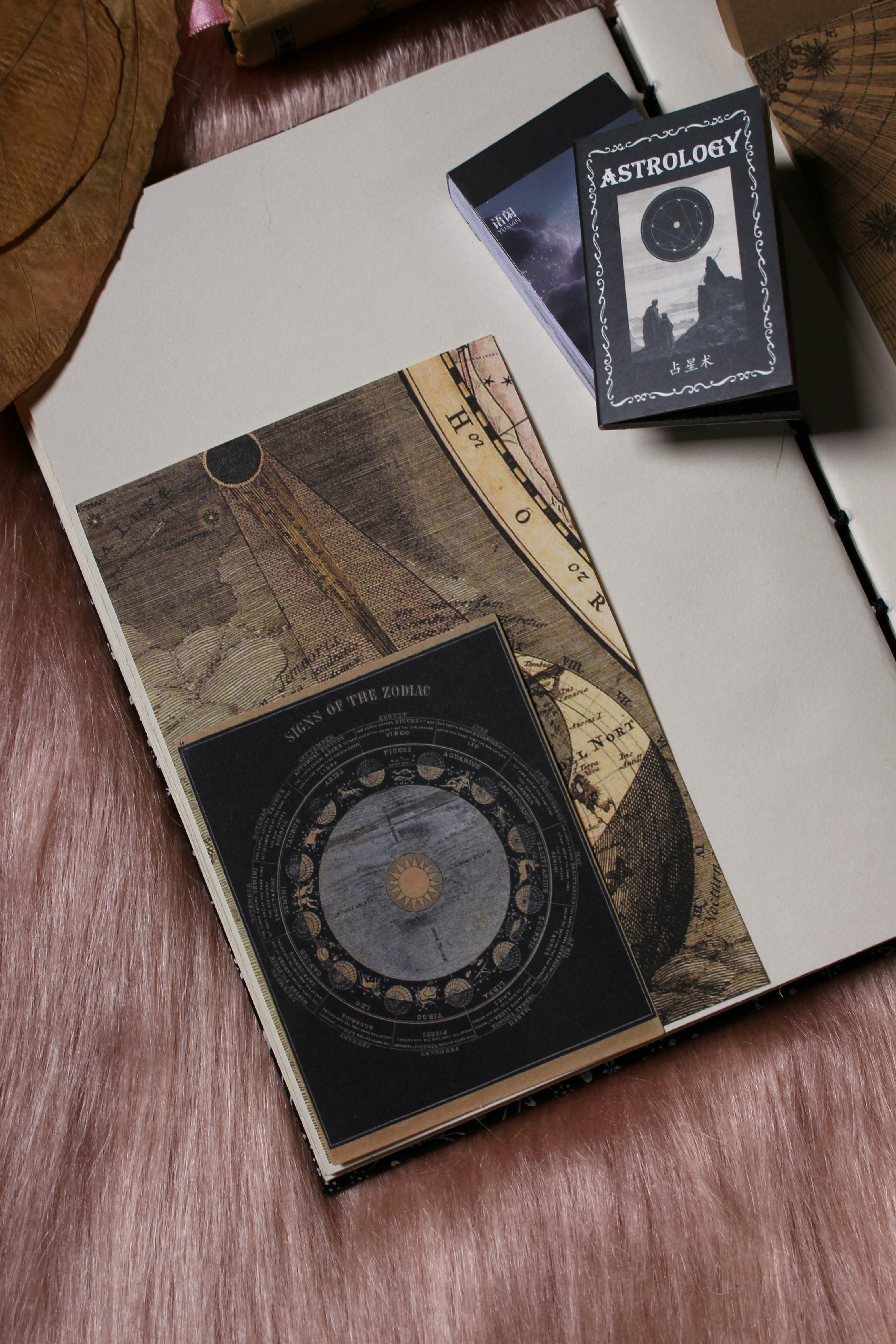Introduction to October 25, 2025 Horoscope
As we look toward October 25, 2025, the cosmic influences suggest a day rich with potential for personal growth and transformation. The alignments present in the astrological charts indicate that small changes can set the stage for significant advancements in various aspects of our lives. Individuals are encouraged to reflect on their current circumstances and consider minor adjustments that may lead to more profound outcomes. Whether in career, relationships, or personal development, embracing these incremental changes could result in lasting benefits.
The theme of this day revolves around the idea that progress does not always require monumental actions. Sometimes, it is the seemingly inconsequential steps that pave the way for extraordinary growth. Readers of the horoscope can expect insights that highlight how subtle shifts in behavior, attitude, or environment may positively affect their lives. There is an emphasis on mindfulness and awareness, encouraging individuals to recognize the power of their choices, no matter how small they may appear.
Moreover, the astrological landscape for October 25, 2025, hints at collective growth within communities and relationships. The planets’ positions suggest an opportune moment for collaboration and understanding among different groups. As we navigate through our individual journeys, we may also find support and encouragement from those around us. This interconnectedness is vital, as it often fosters an environment where everyone can thrive together.
In summary, the horoscope for this date invites readers to explore the potential of small changes. By paying attention to the celestial guidance and remaining open to transformation, individuals can harness the day’s energy to cultivate greater harmony and growth in both personal and shared experiences. As we delve deeper into the details of the horoscopes for each astrological sign, we encourage you to consider how the stars might illuminate your path on this promising day.
Overview of Astrological Influences
On October 25, 2025, the celestial landscape reveals a range of significant astrological influences that could play a vital role in shaping personal experiences. Key planetary movements during this day include the transit of the Moon through dynamic signs, the positioning of Mercury, and the alignment of Jupiter and Saturn. These elements together create an atmosphere ripe for transformation, as the energy present encourages individuals to initiate small changes that can result in substantial personal growth.
The Moon’s transit will highlight the importance of emotional resilience and adaptability, particularly in the morning hours. As it interacts with Venus, feelings of harmony and love may create opportunities for deeper connections or reconciling relationships. Engaging in strategies that promote emotional well-being can help individuals navigate potential challenges with grace. This influence encourages taking small, yet meaningful steps toward enhancing communication and understanding among loved ones.
Furthermore, Mercury’s positioning suggests a focus on intellectual clarity and thoughtful communication. Those born under air signs may find themselves especially inspired to share ideas and initiate conversations that can lead to collaborative efforts. This planetary influence is an excellent time for brainstorming innovative solutions to existing problems, promoting an environment where small adjustments in thought patterns can yield lasting benefits. In fact, it emphasizes the significance of listening carefully before responding, fostering deeper connections through meaningful exchanges.
As Jupiter and Saturn continue their distant dance, the overarching themes of expansion and discipline manifest, offering an opportunity to balance aspirations with practical implementation. Together, these planetary influences create a dynamic atmosphere on October 25, inviting individuals to pursue personal growth through small yet impactful changes in their daily routines and relationships. The collective engagement with these energies forms the foundation for a transformative journey ahead.
Aries Horoscope Insights
On October 25, 2025, Aries individuals may find themselves at a pivotal point, particularly in personal relationships and career paths. This date brings forward opportunities for positive change, urging those born under the Aries sign to embrace transformation. The cosmic alignments suggest that small adjustments in daily interactions can significantly enhance personal relationships. Aries, known for their bold and dynamic nature, may need to temper their assertiveness with a more considerate approach, particularly in sensitive situations.
In the realm of career, Aries may encounter new prospects that challenge their current status quo. It is an excellent time for them to reevaluate their goals and consider how minor shifts in their routine or strategy can lead to meaningful advancements. Networking and collaboration will be especially beneficial, allowing them to harness the power of teamwork to propel their ambitions further. Aries individuals should remain open to unexpected paths, as these could lead to fruitful opportunities that were previously unimagined.
To capitalize on these anticipated changes, Aries should focus on being proactive rather than reactive. This may involve seeking feedback from colleagues or friends to navigate potential uncertainties more effectively. Engaging in reflective practices, such as journaling or meditation, can also provide clarity regarding personal and professional aspirations. As Aries brace for the opportunities that lie ahead, it is essential that they remain adaptable and responsive to the shifts occurring around them. By fully embracing the principle that small changes can lead to substantial growth, Aries can transform their experiences into remarkable achievements on this day.
Taurus Horoscope Insights
On October 25, 2025, those born under the Taurus sign are likely to experience significant insights regarding their personal health and financial stability. This day marks an opportunity for Taurus individuals to embrace small but meaningful changes that pave the way for lasting growth. As earth signs, Taureans are often grounded and practical, making them particularly receptive to implementing new habits that promote well-being. The cosmic alignment on this date encourages them to focus on nurturing themselves, both physically and financially.
In terms of health, this is an excellent time for Taurus individuals to assess their current routines. Introducing minor adjustments, such as a healthier diet or a regular exercise regimen, can significantly impact their overall vitality. It is crucial not only to consider physical health but also mental and emotional well-being. Practices such as mindfulness or meditation can prove beneficial, enhancing their ability to cope with stress and fostering a deeper connection with themselves.
Financially, the Taurus horoscope suggests a time to evaluate spending habits and savings strategies. Cultivating a mindset geared toward sustainability can yield considerable rewards. Taurus individuals may find it advantageous to consult with a financial advisor or engage in educational resources that promote financial literacy. Setting achievable goals, such as a specific savings target or a plan for reducing debt, can instill a sense of accomplishment and stability.
In summary, Taurus individuals are encouraged to embrace the potential for growth by adopting small changes in their health and finances. By focusing on nurturing these aspects of life, they can foster a more sustainable and rewarding lifestyle. This cosmic awareness on October 25 provides an ideal backdrop for Taureans to embark on a journey toward lasting improvement and fulfillment.
Gemini Horoscope Insights
As we look forward to October 25, 2025, the stars are aligned favorably for Geminis, particularly in areas related to communication and learning. Those born under this air sign may find that their natural curiosity and adaptability enhance their social interactions, leading to opportunities for personal growth. This day encourages the exploration of new ideas and perspectives, suggesting that even small shifts in your approach can yield remarkable results.
Gemini individuals should consider engaging in conversations that challenge their current viewpoints. These discussions can serve as catalysts for deeper understanding and intellectual advancement. Perhaps organizing a small gathering or participating in a community event can provide a platform to connect with like-minded individuals. The interactions that take place on this day could introduce new friendships and professional networks, contributing to overall societal well-being.
Furthermore, this horoscope encourages Geminis to embrace continual learning. Exploring avenues such as online courses, workshops, or even reading thought-provoking literature can expand one’s horizon. By nurturing the intellectual side, you may discover new passions that can greatly benefit your personal and professional life. Committing to a new hobby or subject matter can lead to profound satisfaction and growth.
Incorporating mindful practices, such as journaling or meditating, can help Geminis reflect on daily encounters and insights. This reflection aids in processing experiences, fostering clarity and open-mindedness. Through deliberate small changes in habits and attitudes, Geminis may find that the cumulative effect not only enhances communication abilities but also enriches their overall life experience. Embrace these shifts on October 25, and watch how they positively impact your social and intellectual endeavors.
Cancer Horoscope Insights
For individuals born under the sign of Cancer, the horoscope for tomorrow, October 25, 2025, emphasizes the significance of emotional growth and personal development. Cancers, known for their sensitivity and nurturing nature, are encouraged to engage in self-care practices that promote emotional well-being. Implementing small changes in daily routines can lead to significant, lasting improvements in both self-esteem and resilience.
One way to foster emotional growth is through enhanced self-care. Simple modifications such as dedicating time each day for relaxation or adopting a new hobby can create a profound impact. Meditation, journaling, or engaging in creative activities can serve as effective outlets for emotional expression. Cancers may find that nurturing themselves through these practices helps them connect more deeply with their internal landscapes, fostering a greater understanding of their feelings and desires.
Moreover, tapping into intuition is essential for Cancerians at this time. Reflecting on inner thoughts and feelings encourages clarity about personal goals and relationships. It may be beneficial for Cancers to spend time in nature, as this can promote grounding and a sense of connection to the environment. By being attuned to their instincts, they can make informed decisions that align with their true selves, ultimately facilitating emotional stability and growth.
Change does not necessarily have to be drastic to be effective. Rather, the horoscope indicates that small, thoughtful shifts in one’s self-care routine and emotional expression can yield positive results over time. Embracing vulnerability and allowing oneself to explore emotions can lead to profound personal growth, setting the foundation for a more fulfilling existence. Through these practices, Cancers may strengthen their emotional resilience and foster healthier relationships with themselves and others.
Leo Horoscope Insights
For Leos, October 25, 2025, signals a wonderful opportunity to tap into your creativity and self-expression. As a Leo, your natural inclination towards artistic endeavors and personal branding is highlighted today. Small changes in your routine can catalyze significant growth, paving the way for new opportunities. Embracing adjustments in your creative processes will lead to the discovery of unique facets within yourself, enhancing both your work and social interactions.
Consider incorporating fresh daily habits that inspire your artistic side. For instance, setting aside a few minutes each morning for free writing or sketching can stimulate your imagination. These brief but effective practices enable the flow of new ideas, allowing you to explore different avenues of creativity. Furthermore, try experimenting with new mediums or techniques in your craft. For instance, if you are a painter, consider using unconventional materials or joining workshops that focus on different styles. These small but strategic shifts can invigorate your creative output, making your work stand out.
In terms of personal branding, pay attention to how you present your creative endeavors. A minor adjustment in your social media strategy could significantly affect your reach. Consider engaging more with your audience through polls, behind-the-scenes content, or live Q&A sessions. These interactions not only foster community but also showcase your personality and dedication, drawing more people to your work. Remember, authenticity resonates with others, and aligning your personal brand with your creative journey can bring forth fruitful collaborations.
By recognizing the potential of small changes, Leos can effectively cultivate their creative landscape and build a more robust personal brand. This approach not only facilitates personal growth but also opens doors to new professional opportunities that encourage a fulfilling expression of your inherent talents.
Virgo Horoscope Insights
As the astrological forecast for Virgo unfolds for October 25, 2025, individuals born under this sign may find themselves leaning towards a greater focus on organization and efficiency. This is an auspicious time to engage in self-reflection and assess your daily routines. Even minor changes can lead to exceptional outcomes, and for Virgos, the energy of the day is supportive of implementing these adjustments.
To begin with, consider taking a structured approach to your tasks. Start your day by prioritizing your responsibilities. Creating a to-do list can help clarify what needs attention and ensure that you tackle the most pressing issues first. By breaking larger projects into smaller, manageable steps, you reduce the feeling of being overwhelmed and enhance your productivity. Here, the emphasis is on consistency; executing small tasks diligently can lead to significant progress over time.
Moreover, streamline your workspace to facilitate a more efficient process. A clutter-free environment allows for clearer thinking and minimizes distractions. Invest time in organizing your desk and digital files, as a tidy space reflects a tidy mind. Additionally, consider adopting time-management techniques such as the Pomodoro Technique, which encourages focused time blocks followed by short breaks, aiding in maintaining high levels of concentration throughout the day.
Furthermore, don’t hesitate to seek out new tools or resources that may support your goals. Whether it is a productivity app or a planner, embracing technology can result in more streamlined workflows. Emphasizing the importance of adaptability, Virgo individuals can learn that being open to change and new methods can ultimately enhance their effectiveness in both personal and professional realms.
As the day progresses, remember that these small adjustments are pivotal not only for immediate tasks but also for cultivating a long-term mindset geared towards growth and improvement.
General Tips for All Zodiac Signs
For individuals looking to enhance their personal growth, small changes in daily life can be remarkably beneficial. Regardless of your astrological sign, incorporating these practical tips can lead to lasting transformation. One significant aspect of growth is mindfulness. Practicing mindfulness allows individuals to become more aware of their thoughts and feelings, enabling them to make conscious choices rather than acting on impulse. Taking even a few moments each day to reflect or meditate on one’s experiences can provide clarity and foster a deeper connection with oneself.
Adaptability is another key element for personal development. Life is filled with unexpected changes, and those who are willing to embrace these transitions will often find themselves in a better position to thrive. Each zodiac sign has its unique traits, which can influence how one adjusts to change. However, by cultivating a mindset open to new possibilities, individuals can learn to navigate challenges more fluidly. This adaptability not only strengthens one’s resilience but also encourages one to explore new paths that may yield unexpected rewards.
Openness to new experiences is equally important. Each day offers a fresh opportunity to learn and grow; seizing these moments can lead to significant breakthroughs. Whether it’s trying a new hobby, meeting new people, or simply stepping outside one’s comfort zone, such actions can lead to personal evolution. Engaging with the world in varied ways enhances one’s perspective and understanding, ultimately leading to richer life experiences.
In conclusion, embracing small changes such as practicing mindfulness, being adaptable, and maintaining an open attitude towards new experiences can lead to profound personal growth for all zodiac signs. By integrating these strategies into daily routines, individuals can pave the way for lasting improvements and a more fulfilling life.





